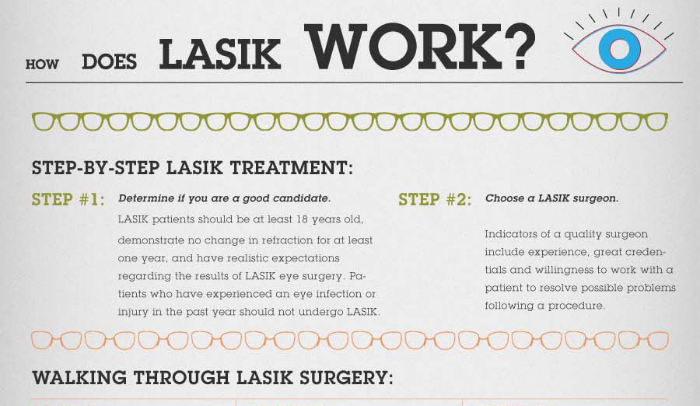As a cataract surgeon, your day starts with a detailed eye evaluation, where you examine individuals' vision and lens clearness. You understand just how important it is to identify cataracts precisely. Once diagnosed, you prepare for surgical treatment, ensuring every detail is represented. Yet the obstacle does not finish there. The real trip unfolds in the operating room, where accuracy is crucial. What occurs following could define a patient's aesthetic future.
The Diagnostic Process: Identifying Cataracts
When it pertains to diagnosing cataracts, clarity is crucial. You'll start with a detailed eye evaluation, where you'll evaluate visual acuity and look for any indicators of cloudiness in the lens.
During this procedure, you'll utilize specific equipment, such as a slit light, to get a detailed view of the eye's framework. https://pros-and-cons-of-monovisi63840.blog4youth.com/36940719/understanding-typical-vs-laser-cataract-surgery-what-your-surgeon-wants-you-to-share 'll likewise carry out a dilated eye test to assess the lens and retina more thoroughly.
Gathering your person's case history is essential, as it aids determine risk variables like age, diabetic issues, or previous eye injuries.
After assessing the outcomes, you'll identify the existence and intensity of cataracts. This careful strategy guarantees you supply the best referrals for therapy, setting the stage for the next action in their treatment.
The Surgery: Precision in Action
After detecting cataracts and talking about therapy alternatives, you get ready for the procedure, where accuracy is extremely important.
You enter the operating room, wearing sterilized gloves and a mask. The person rests easily under intense lights, prepared for the change.
what does cataract surgery cost begin by providing local anesthesia, guaranteeing they really feel no pain. With a constant hand, you make a little cut in the cornea, using advanced strategies to eliminate the over cast lens.
You very carefully put the fabricated intraocular lens, straightening it perfectly for ideal vision. Throughout the procedure, you keep track of vitals and change as required, preserving focus on the job.
In simply a short time, you'll have recovered your client's sight, a satisfying end result for both of you.
Post-Operative Treatment: Ensuring Ideal Healing
Once the surgical procedure is total, your role shifts to making sure the patient's smooth healing.
You'll begin by offering clear post-operative instructions, worrying the relevance of putting on the eye guard and taking prescribed medications. Remind them to avoid rubbing their eyes and participating in difficult tasks.
Arrange a follow-up consultation within a couple of days to check healing and address any kind of issues. Encourage clients to report any indications of infection, such as raised soreness or discharge.
Additionally, discuss the value of using man-made tears to relieve dryness. Assistance their emotional health by comforting them that visual improvements may require time.
Conclusion
In a cataract cosmetic surgeon's day, you witness the trip from diagnosis to healing. You see the accuracy in surgical procedure and the treatment taken post-operation to ensure your ideal recovery. Through this experience, you gain clarity not simply in vision, yet in recognizing the whole process. The trust fund established in between you and your doctor is crucial, paving the way for a smoother healing. With the right support, you get on your means to appreciating a brighter, clearer world.
